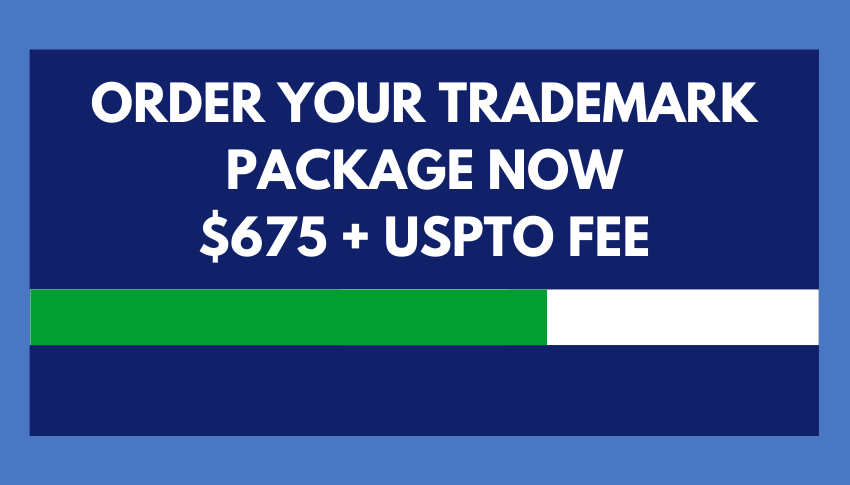Let’s consider the distinctions between a federally registered trademark and common law trademarks. We’ll also look at prior use rights – what are they, how are they established and how do they affect trademark registration. It’s commonly understood that a federal trademark registration confers on the registered trademark owner the right to exclusive use of the mark in connection with the goods and/or services listed in the registration. This is generally the case. Except in the United States, where we have common law trademarks, or prior use, trademark rights. 
Trademark law in the United States differs from most other countries in that we have a system that establishes trademark rights simply based on use of the name in connection with particular goods and/or services. While a federal trademark registration confers a number of rights and benefits on the trademark owner, registration is not necessary to establish rights in a trademark name.
Under the “common law” concept of trademarks, it is possible to have trademark rights based simply on prior use of a name in a particular geographic region even if you never seek or obtain federal trademark registration. Hence the name, “prior use rights.” So far so good, this is fairly straightforward, right? Not so fast. Common law trademarks, or prior use rights usually become an issue where there is another user seeking to use or register the same name in connection with the same, or related, goods or services. This is where things get complicated.
Under the Trademark Act, a trademark registrant establishes its “constructive use” date and nationwide priority on the date its trademark application is filed, whether based on actual use or intent to use, except against a person who began using the mark prior to that date (or applied for and ultimately obtained registration of their mark). Thus, a “prior user” is any party who began using the mark somewhere or applied for the mark prior to the registrant’s application date. Section 22 of the Act also provides that registration itself creates “constructive notice” of the registrant’s claim of ownership of the mark, thereby precluding anyone else (including a prior user) from claiming any good faith, expanded or innocent use of the same mark after the date of registration,regardless of where the registrant actually uses the mark.
We’ll consider a few possible scenarios to see how this works from a practical standpoint.
What are the rights of a prior user (A) versus a junior user (B) in general?
- The first to use a mark in a geographic region, including across the entire United States, is the prior user and will have priority use rights in the name in that region for the particular goods and/or services. Any subsequent user of the name in that region would be a junior user. If we’re talking strictly common law rights, the prior user (A) has priority rights over the junior user (B) in the geographic regions where A established use of the name before B.
What if a junior user (B) applies for federal registration of the name (i.e., nationwide use and ownership rights) before the prior user (A)? How are rights determined and divvied up?
- The US has a hybrid “first in time, first in right,” and a “first to file” trademark system. Thus, the first party to apply for trademark registration is generally entitled to nationwide use and ownership of the mark. Except in those areas where a prior “common law” user can establish priority rights. In these cases, A would have to challenge B’s rights, whether through an opposition proceeding or a petition to cancel B’s registered trademark, asserting and proving the geographic region within which A has established prior use rights. If A’s arguments are successful, the U.S. Patent and Trademark Office Trademark Trial and Appeals Board (TTAB), would then likely carve out exceptions to B’s registration for those established geographic regions belonging to A. Note in some cases, this could be the entire United States, in which case B’s federal registration would be essentially gutted.
- Keep in mind, as mentioned above under Section 22 of the Act, that since registration acts as nationwide constructive notice of use of the mark, a prior user can establish rights only in those territories where it was operating prior to the registrant’s registration date.
Is it possible for a prior user of trademark and a junior user to both obtain federal registration?
- Yes, through a concurrent use registration. Generally, a junior user with prior rights in a particular geographic region will not be able to oppose or defeat a prior user’s registration. The prior user would have the dual benefit of prior use and a federal registration.
- However, a junior user may attempt to obtain federal registration through a concurrent use proceeding at the USPTO, which essentially acknowledges its junior status and requests limited territorial rights. This is usually subject to agreement and approval from the prior user/registrant, who effectively has nationwide priority rights through its federal registration. If permitted, the concurrent registration would include any conditions and limitations as to how or where the mark is used, or the goods or services with which the mark is used. A concurrent registration will not be issued if confusion, mistake, or deception is likely to result and any agreement to this effect is not binding on the USPTO. The USPTO is free to accept, or reject, the parties concurrent use agreements.
- Where a junior user already has a registration and the prior user files for a concurrent registration, the junior user would likely be granted any territory where neither party has established use.
There are other issues to consider as well, including how long the mark has been registered and whether it has obtained incontestability status. But for now, that’s the basic overview of how common law rights work vis-a-vis trademark registration. It also highlights the importance of the common law portion of your trademark searching.
For more information on common law trademarks vs. federal trademark registration, or to discuss your trademark concerns, contact us today for a complimentary consultation, (800) 769-7790, or via email. We’re always happy to hear from you!



